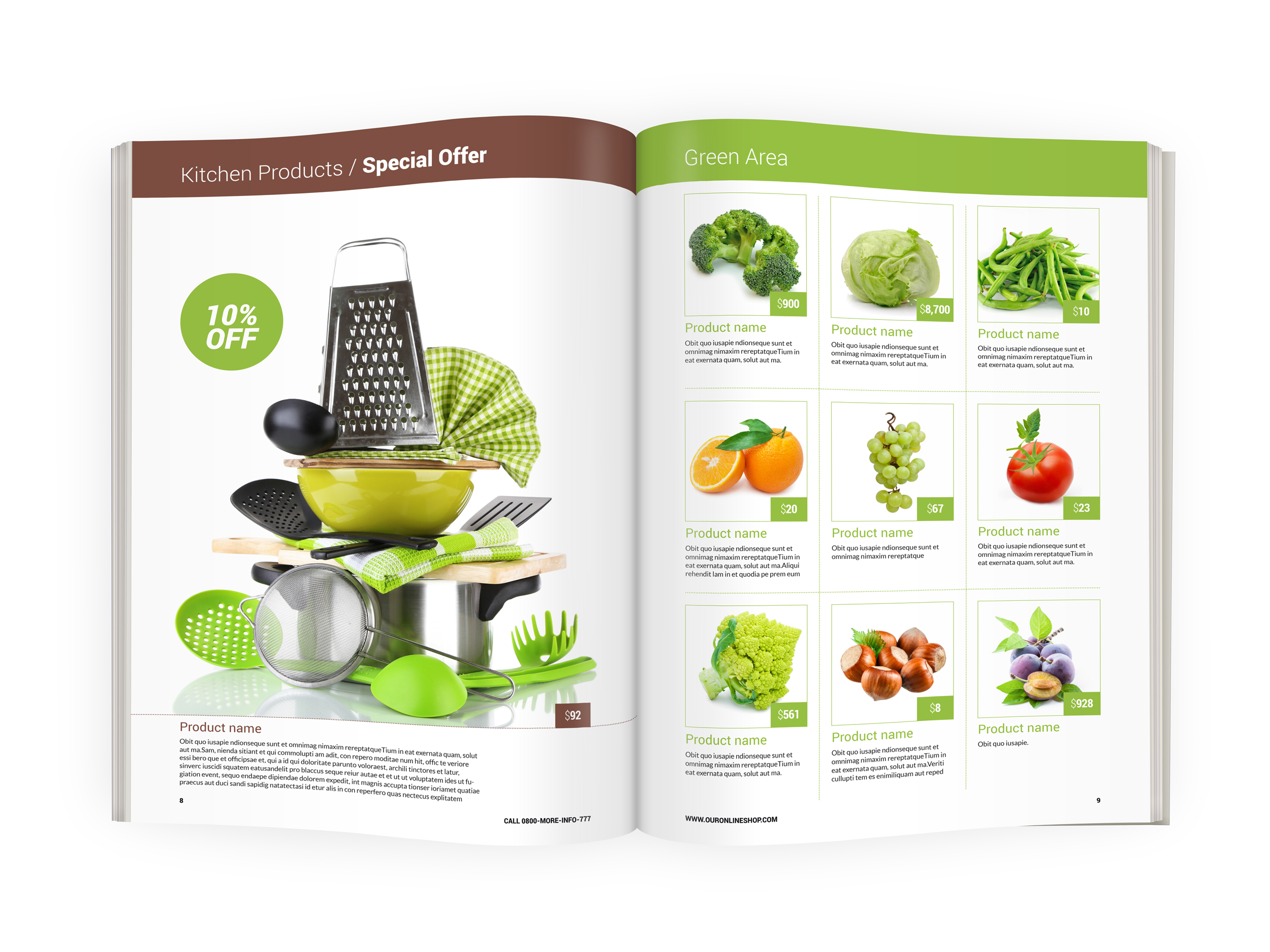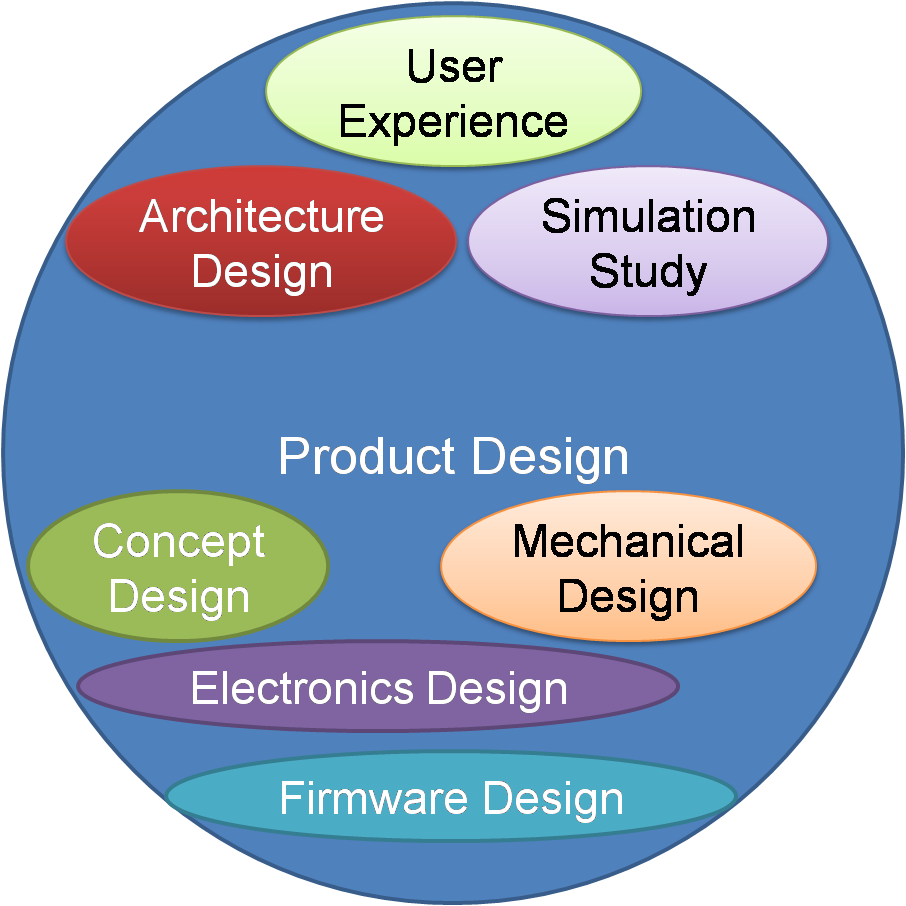Product Design: Definition, Process, and Challenges
Table Of Content
- What types of products have been designed on crowdspring?
- Ready to Boss Your Shopify Business? Grab Your Free eBook Now!
- Iterative Design: A Vital Role In Product Lifecycle
- Userpilot – for collecting user feedback and analyzing in-app behavior
- The Intersection of Business Goals And User Needs
- Define the problem
- core product design challenges and solutions
- Prototyping and Testing

It also prompts a 56% increase in return compared to businesses that put product design in the back seat. The forefront, can dramatically improve the effectiveness of your website. This strategy makes sure that every design decision is guided by a clear understanding of your users’ needs and expectations.
The Product Debuts We Loved at Milan Design Week – SURFACE - Surface Magazine
The Product Debuts We Loved at Milan Design Week – SURFACE.
Posted: Mon, 22 Apr 2024 20:18:46 GMT [source]
What types of products have been designed on crowdspring?
Iterations toward more environmentally friendly products decrease operational expenses and increase material savings, customer satisfaction, investor interest and the planet’s health. You can use AI to generate ideas, content, and even fully-fledged designs that push the boundaries of your own imagination—perhaps sparking new ideas or leading you in previously unexplored directions. In that sense, AI can be a great source of inspiration, innovation, and creativity. If you consider what AI is capable of, you can already begin to fathom its impact on the product design industry. Just like humans, artificial intelligence (AI) can learn from past experiences, solve problems, understand natural language, and make decisions.
Ready to Boss Your Shopify Business? Grab Your Free eBook Now!
The personas focus more on the users’ behavior and attitude, thus help with empathizing and segmenting the different types of users. In contrast, JTBD places a more significant emphasis on features. It aims to discover the reason why people choose a product in order to solve a specific problem and fulfill a need. Producing a high-quality product always requires several iterations and adjustments.

Iterative Design: A Vital Role In Product Lifecycle
Just like their industrial counterparts who focus on creating usable physical goods; these tech-savvy individuals design seamless experiences for end-users navigating through pixels rather than plastic. In the realm of physical products, industrial designers play a big role. They are responsible for shaping our daily-use items like coffee machines or headphones. These pros also make sure that the products function well by marrying form with utility. Considering the complexity of the process, product design teams need all the help they need. By visually representing the user experience through a storyboard, designers can highlight specific problems or challenges users may face at different stages, like confusing navigation.
Historical data collected by IoT systems in manufacturing or from the product in operation can guide more efficient maintenance schedules and further inform the digital twin. These are just some of the questions that can be answered with these digital technologies. With this information, they can design offerings that benefit us all. While all product designers begin as ICs, there comes a point in the product designer career path where many have to make a choice between remaining an IC or becoming a manager. You’re now familiar with the most important product designer skills.
The Intersection of Business Goals And User Needs

The product design process is a series of phases a product designer and their team follows to help fulfill their roles and responsibilities. It provides a framework for defining the product’s vision, researching the competition, identifying users and their problems, designing and testing the solutions. The process makes everyone’s job a little easier, and it helps keep the product team focused and on schedule. In the product design process, the prototyping stage helps turn ideas into the first tangible, testable collateral.
Define the problem
This constant feedback loop not only helps to solve your targets’ problems but also leads to creating innovative products tailored specifically for them. Think about business strategy as the compass guiding every decision in your organization, including those related to product design. It helps you decide where to invest resources, which features to prioritize, even what color scheme will resonate most with users. The traditional product design process has evolved significantly with technological advancements. Advanced CAD programs are now accessible, enabling intricate detailing, lifelike visuals and efficient alteration.
19 Best Product Page Design Examples for Inspiration in 2024 - Shopify
19 Best Product Page Design Examples for Inspiration in 2024.
Posted: Thu, 29 Feb 2024 08:00:00 GMT [source]
Product design is a high-tech field, so you’ll likely encounter and use many tools throughout your career. Some of these are specific to or closely aligned with product design, such as A/B testing. Many others are common across the tech industry, such as file sharing and project management tools.
You can also do so asynchronously, for instance, by sharing a prototype and asking users and stakeholders to comment directly on the design. The second step in learning how to design a product is creating a clear problem statement. At this stage, you use the insights gathered during the ‘Empathize’ phase and define the challenges you seek to solve with your product. What to do if you’re designing for a group of users who seem inaccessible?
Premier Guitar, for example, presents an array of related products at the bottom of their product pages. On a product page, customer testimonials and social proof can take several forms. Video testimonials are especially effective because they eliminate doubt that the review might be created by a bot or an AI tool. Testimonials and reviews continue to be very effective at meeting the third goal of a product page – reassure the buyer that they’re getting a good deal and working with a reputable brand.
When they aren’t advocating for superior user experiences, product designers work in other design areas, such as User Interface Design (UI Design) or User Experience Design (UX Design). This could be anything from sketching or wireframing layouts, designing a UI composition, or creating a high-fidelity prototype. Others are responsible for interaction design, typography, or iconography. It all depends on the individual product designer, the team they’re on, and their specialization. The product design process is, at its core, a problem-solving endeavor. It’s about understanding the challenges your target users face and coming up with effective solutions—then designing those solutions to ensure that they’re desirable, usable, and accessible.
Comments
Post a Comment